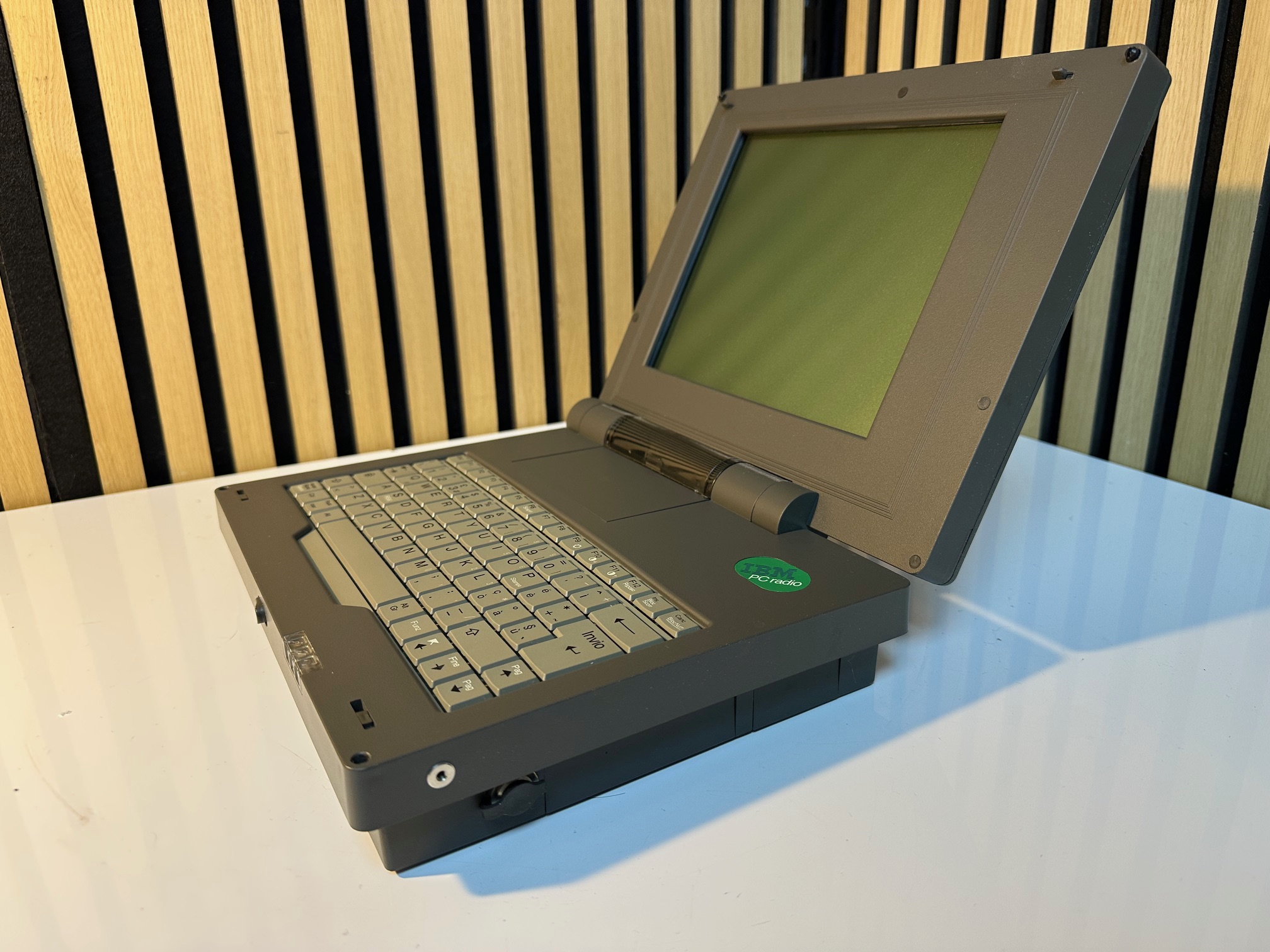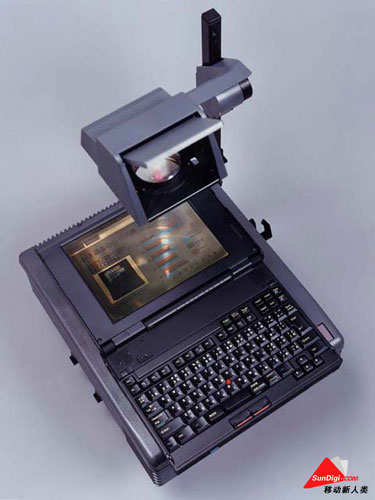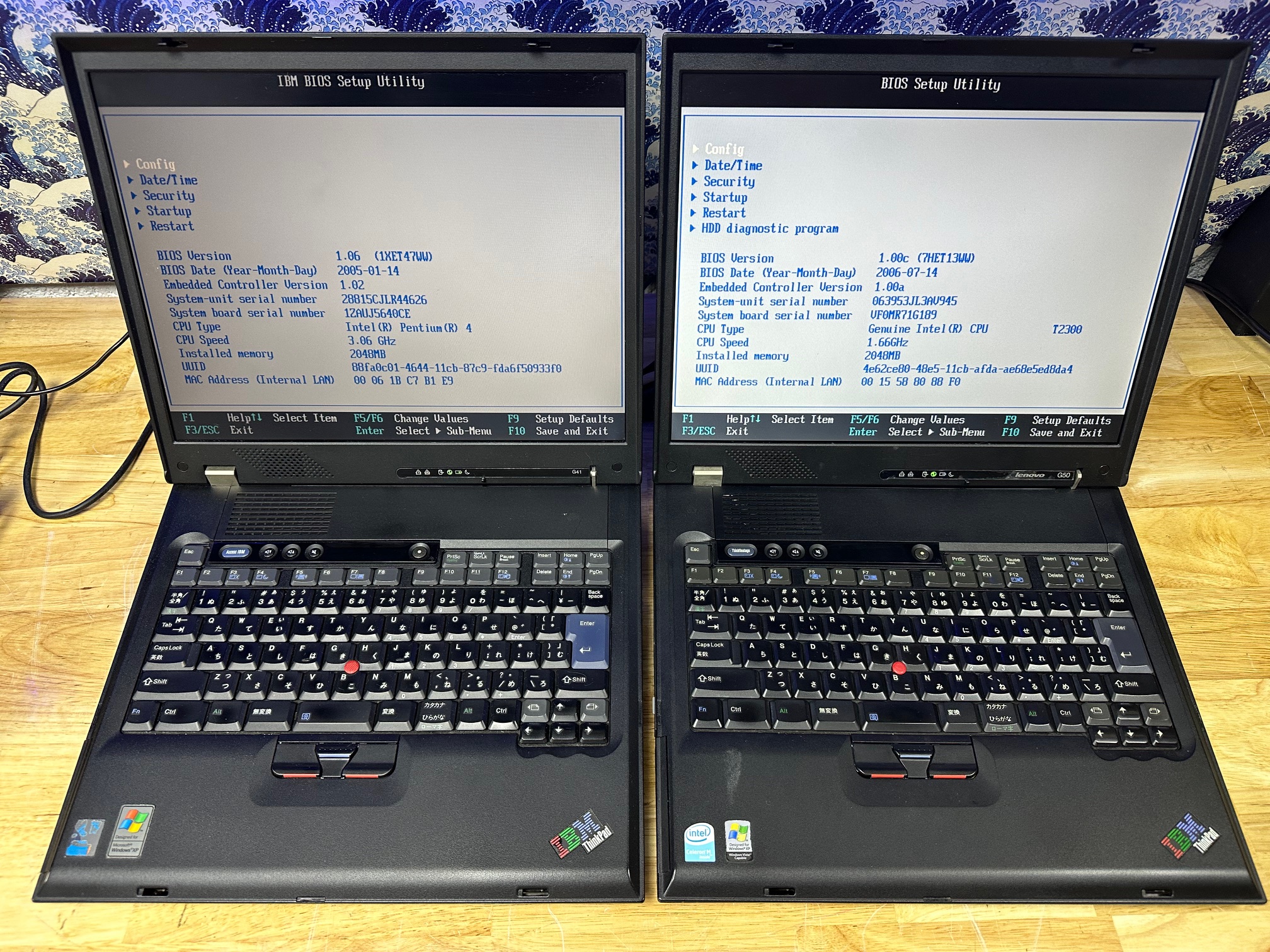The IBM 5499 On Line Note was a notebook form-factor, cream-coloured IBM portable, which was intended to access mainframes via serial, infra-red or dialup.

The IBM PCradio was an odd, ruggedised early attempt at remote working, using an early form of wireless radio communication or fixed phone line to log in remotely, do some work and check your mail!

The IBM Convertible was a Desktop-cum-Portable concept with a flat-panel LCD and CRT output, with modular peripheral add-ons, sharing much of it's connectivity with the IBM PC Jnr.
The IBM Thinkpad 130 was a short-lived rebranding of the Acer iSeries Thinkpads. It's certainly rare, but not very desirable! My one is branded on the bottom as Type 1171 -7GJ, which would otherwise be called iSeries. It has the non-IBM BIOS utility with a Celeron 700Mhz CPU, 10Gb HDD, CD-ROM and 192Mb RAM (likely upgraded). My one also appears to be relatively unused and came with a variety of original documents and sealed media.
The IBM Thinkpad 220 was a japanese-only machine, never yet seen in the wild, somewhat like a PS/Note machine.
The IBM Thinkpad 500 was an ultraportable Thinkpad made by Lexmark/Ricoh copying lots of Thinkpad design cues, but often feeling slightly 'off'.
The IBM Thinkpad 550BJ and 555BJ were early collaborations between Canon and IBM, which incorporated both a laptop computer and bubblejet thinkpad into a single unit.

The IBM Thinkpad 700T, 710T, 730T & 730TE were early greyscale tablet & stylus machines based on the notebook Thinkpad hardware, but smaller and held as a slate. There is a great comparison on all these early IBM tablets here.
The IBM Thinkpad 701c was an early ultraportable with small DSTN or TFT screen and a folding-out keyboard.
The IBM Thinkpad 360P and 750P were convertible Thinkpads which could be both a Notebook computer and a Tablet, with Stylus.
The IBM Thinkpad 755CV and CDV were convertible Thinkpads which could be used as a Notebook computer and a presentation-device by decoupling the rear of the lid and laying the machine flat on an Overhead Projector (OHP)
Here is the 755C(D)V in action:

The IBM Thinkpad G50 is an evolution of the G40 and G41 series which is intended as a large, desktop-replacement with Desktop Pentium CPUs and a large screen.
The earlier G41 on the left and the later, and less common G50 on the right:

The IBM Thinkpad S30 and S31 are Asia-only ultraportable machines, smaller than the X20, similar in size, but higher specification than the 240 and taking design cues with the larger-than-screen keyboard from the 701c.
The IBM P20 and Transnote computers were a combination of the 240's hardware and the Cross Crosspad to invent a new style of digitising hand-written notes on your portable computer.
